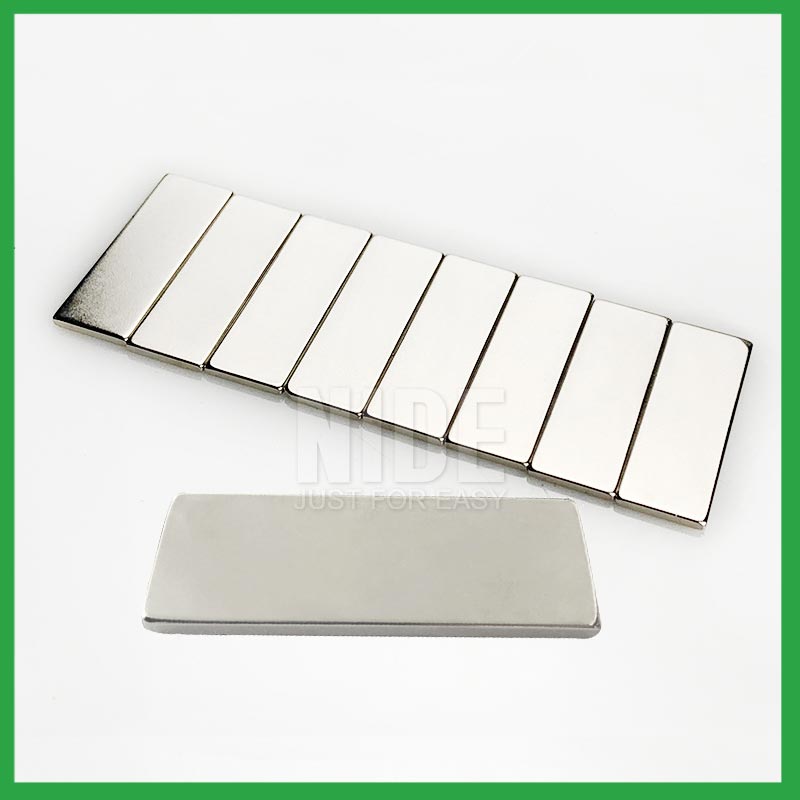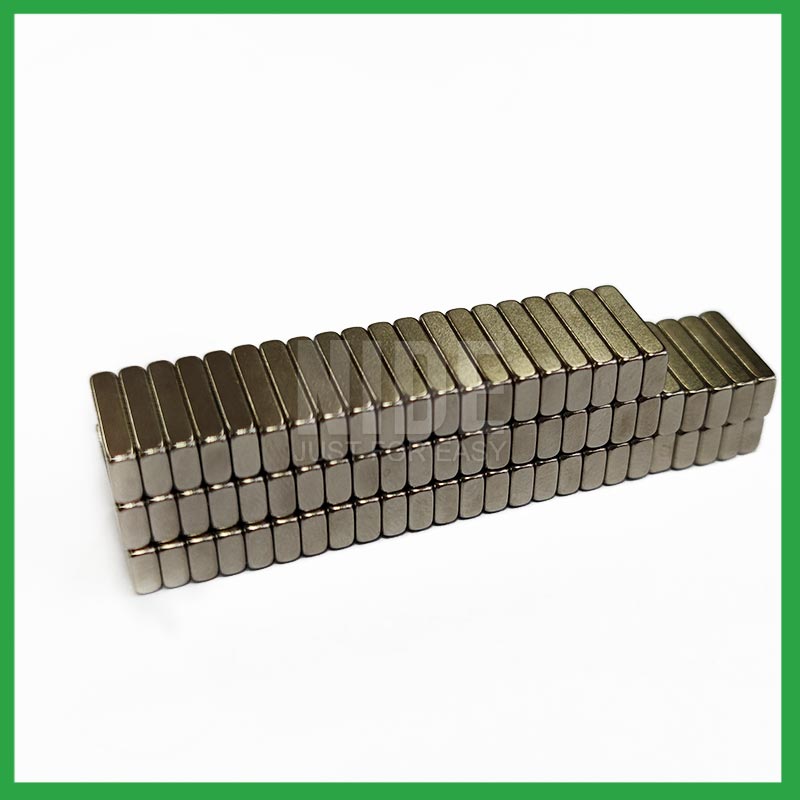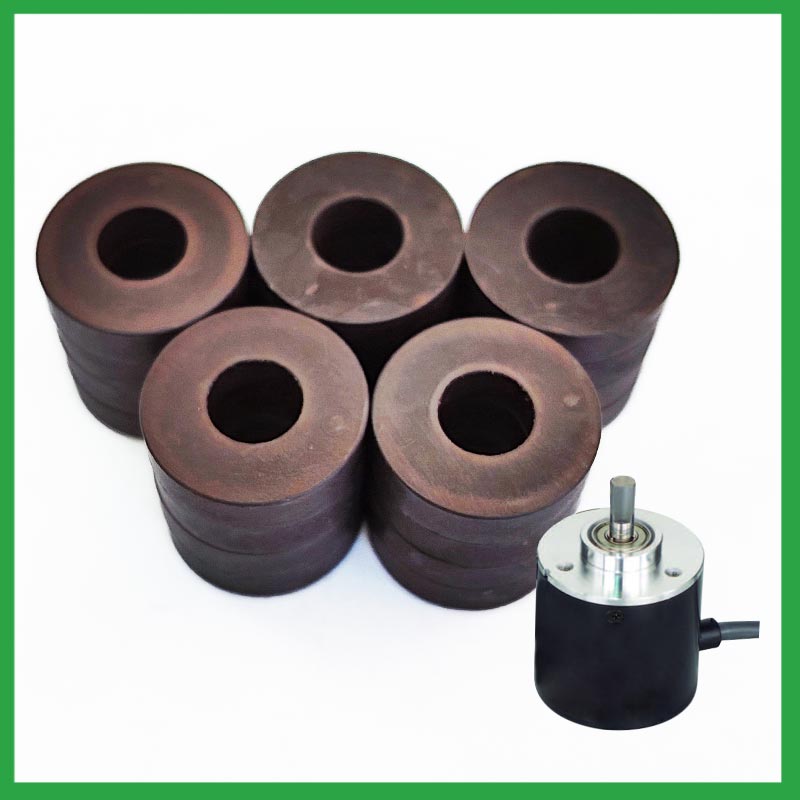What is a magnet?
A magnet is an object that produces a magnetic field and attracts certain types of metals, primarily iron, nickel, and cobalt. It has two poles, called the north and south poles, and like poles repel each other while unlike poles attract. This phenomenon is known as magnetism and has been known to humans for centuries, with the first mention of magnets being seen in ancient Chinese, Greek, and Egyptian texts.
In this comprehensive guide, we will explore the science behind magnets, their history, and their various applications in our daily lives.
History of Magnets
The use of magnets can be traced back to ancient times when they were primarily used in navigation. The Chinese, in the 4th century BC, discovered that certain types of iron ore aligned themselves in a north-south direction when suspended by a thread. This discovery led to the creation of the compass, which revolutionized navigation.
During the 6th century BC, the ancient Greeks noticed a naturally occurring magnetic rock found in the region called Magnesia, hence the origin of the term "magnet." They also observed that amber attracted small objects when rubbed, a phenomenon known as static electricity.
It wasn't until the 16th century, with the work of William Gilbert, that the scientific study of magnetism began. Gilbert discovered that the Earth itself was a giant magnet and coined the terms "north pole" and "south pole" to describe the two ends of a magnet.
In the 19th century, scientists such as Michael Faraday and James Clerk Maxwell made significant contributions to our understanding of electromagnetism, which paved the way for the development of modern technology using electromagnets.
How do Magnets Work?
To understand how magnets work, we need to know about the atomic structure of materials. At the core of every atom lies a nucleus, which contains protons (positively charged particles) and neutrons (neutral particles). Surrounding the nucleus are electrons (negatively charged particles) in their respective energy levels or orbitals.
In a non-magnetic material, the electrons are arranged in pairs with opposite spins, canceling out the magnetic fields of each other. However, in a magnetic material such as iron, nickel, and cobalt, the electrons are unpaired and have a net magnetic field, causing the atoms to align in the same direction. This alignment creates a magnetic field, making these materials magnets.
The strength of a magnet depends on a few factors, including its size, shape, and material. The larger the magnet, the stronger its magnetic field. Similarly, a horseshoe-shaped magnet has a stronger magnetic field than a bar magnet of the same size.
Types of Magnets
There are three main types of magnets: permanent, temporary, and electromagnets.
Permanent magnets are made from materials such as iron, nickel, and cobalt and retain their magnetism even when removed from a magnetic field. They are commonly used in various applications, including refrigerator magnets, speakers, and motors.
Temporary magnets, on the other hand, are materials that exhibit magnetism when in the presence of an external magnetic field. As soon as the external field is removed, they lose their magnetic properties. Examples of temporary magnets include soft iron, steel, and nickel.
Electromagnets are created by passing an electric current through a coil of wire. The magnetic field of an electromagnet can be controlled by varying the strength of the current passing through the coil, making it a versatile option for applications such as cranes, doorbells, and MRI machines.
Applications of Magnets
The use of magnets in our everyday lives is widespread, and we often take them for granted. They play a crucial role in various industries, including transportation, medicine, and electronics.
Transportation: Magnets are widely used in the transportation industry, primarily in motors and generators. Electric motors found in vehicles, such as trains and cars, use permanent magnets to convert electricity into mechanical movement. Maglev trains, which use magnetic levitation to move at high speeds, also rely on powerful magnets to function.
Medicine: The medical field also heavily relies on magnets. MRI (Magnetic Resonance Imaging) machines use strong magnets to capture images of the body's internal structures, helping doctors diagnose and treat various medical conditions. Magnets are also used in prosthetics and hearing aids.
Electronics: Almost every electronic device we use on a daily basis contains magnets, from smartphones and laptops to speakers and headphones. Magnets are used in speakers to convert electrical energy into mechanical energy, producing sound waves that we can hear. They are also used in computer hard drives to store data.
Household items: As mentioned earlier, refrigerator magnets are a common household item. They are used to stick photos, notes, and reminders to the refrigerator door thanks to the magnetic field they produce. Magnets are also found in microwave ovens, washing machines, and credit and debit cards.
Other applications of magnets include magnetic levitation trains, metal detectors, televisions, and compasses.
Tips for Proper Magnet Maintenance
To ensure the longevity and effectiveness of magnets, it is essential to take proper care of them. Here are a few tips for maintaining magnets:
1. Avoid heating magnets: Exposing magnets to high temperatures can demagnetize them, reducing their effectiveness. Always keep magnets away from sources of heat, such as ovens, stoves, and direct sunlight.
2. Keep magnets away from electronics: Magnets can interfere with the functioning of electronic devices, so it is advisable to keep magnets away from them.
3. Store magnets carefully: Magnets can easily attract and stick to other magnetic objects, so it is essential to store them in a safe place where they won't get damaged or demagnetized.
4. Handle with care: Magnets can be fragile, so handle them with care to avoid breaks or cracks, which can weaken their magnetic field.
5. Use caution around strong magnets: Strong magnets, such as Neodymium magnets, can be hazardous if handled carelessly. Be cautious when handling them and keep them away from children as they can cause harm if swallowed.
Established in 2010,
Ningbo Haishu Nide International is a company devoted in the field of electric motors manufacturing, providing one-stop service for its customers. Nide has three main business divisions. The first division is to provide different kinds of motor manufacturing machinery, including stand along machine, fully-auto complete line for armature and stator production, and the motor assembly line. The second division is to supply the full range of fan,magnet,carbon brush,
thermal protector,insulation paper,ball bearing,
commutator,etc. The third division is to provide technical support and consulting, project support and turn-key service for some motor manufacturing.


